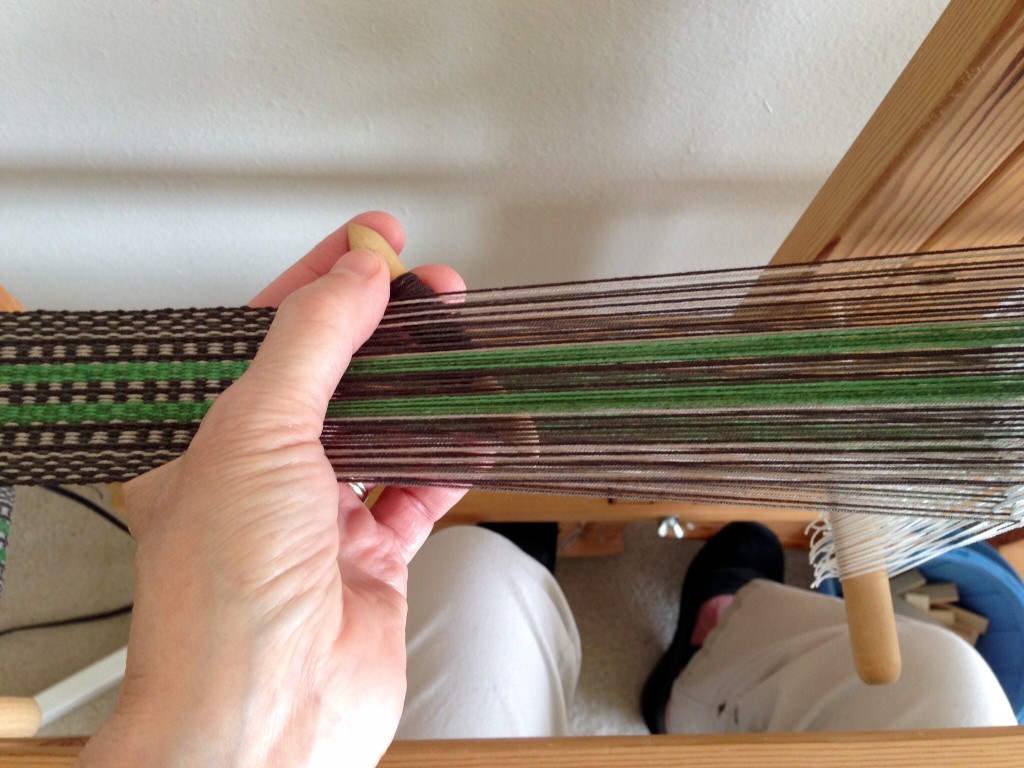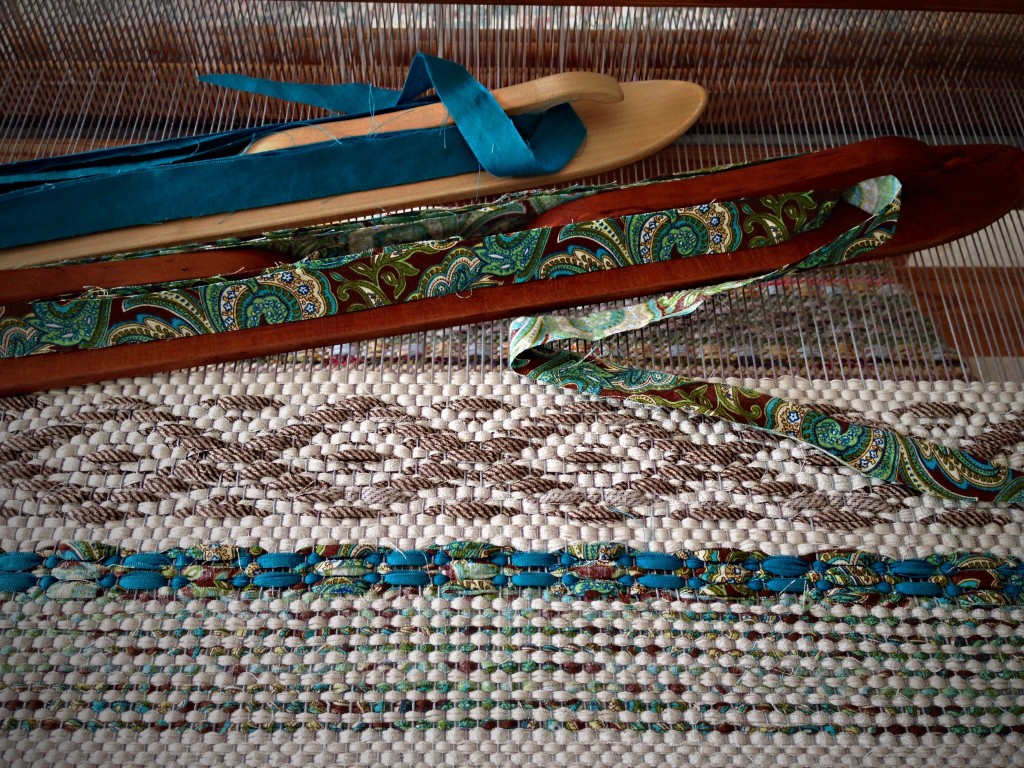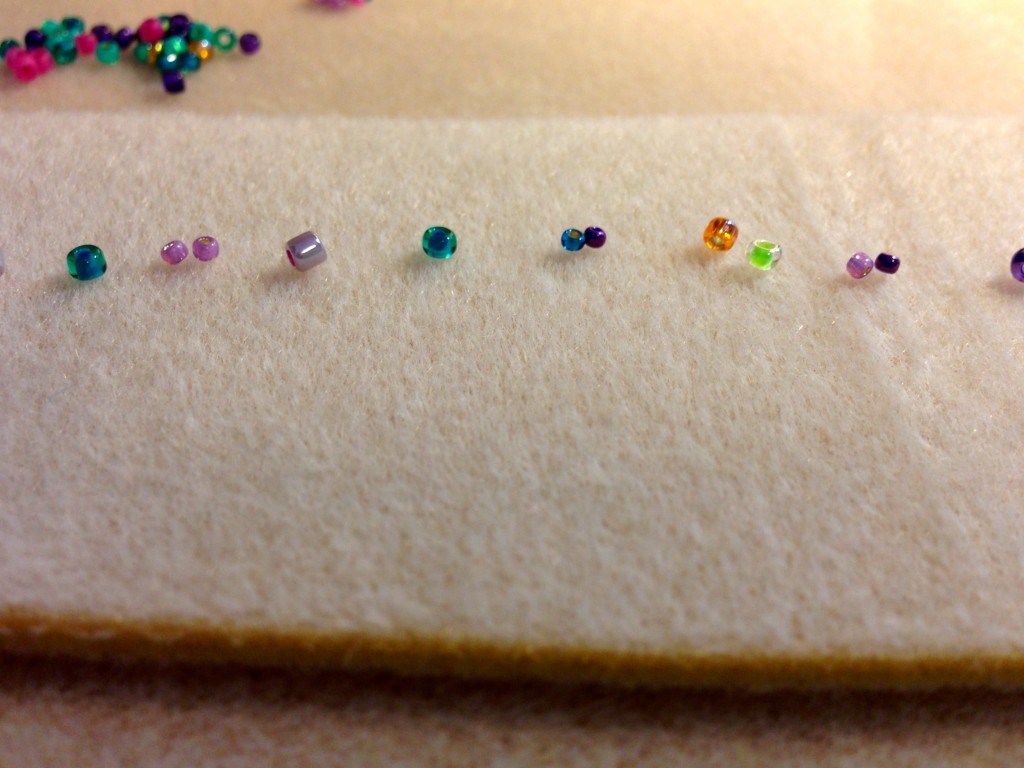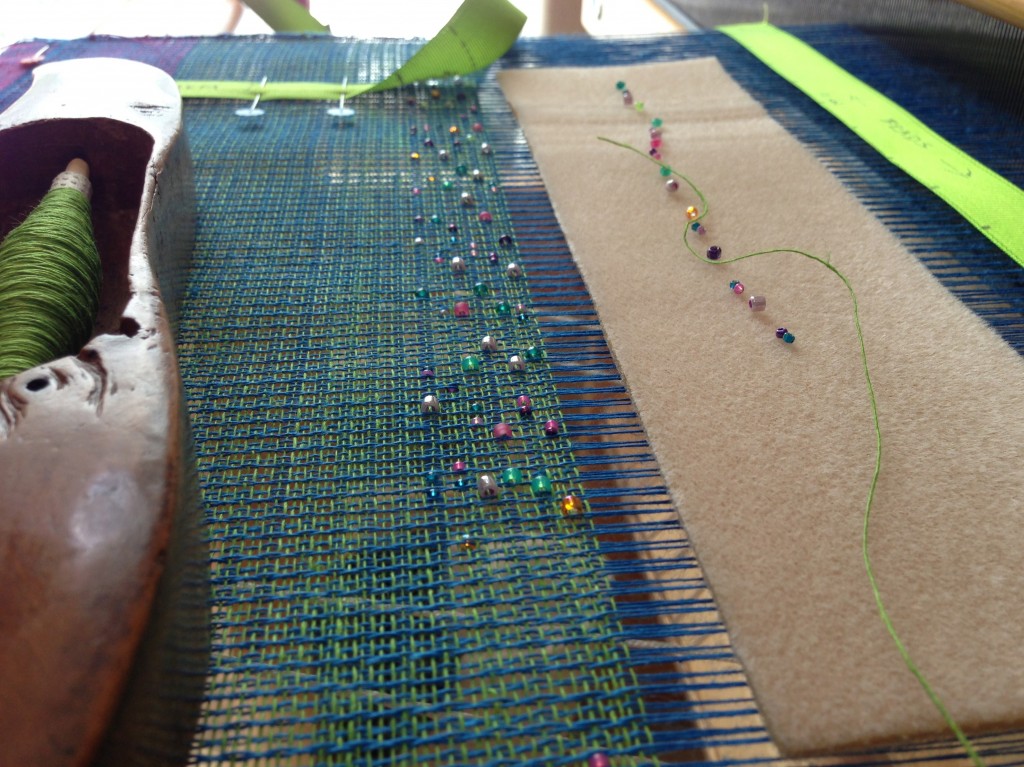If you must be in a hurry, then you probably won’t enjoy handweaving. Your hurry up condition will be put to the test even more so with tapestry weaving. And when you make mistakes, the errors can usually be remedied, but it always takes more time. Have patience.

I meant to have this piece finished two months ago, but that’s another story. Now that I have finally woven the last pick I am so eager to take the tapestry off the frame. Wait a minute. What? I forgot to do the twining at the beginning of the tapestry? The twining is essential; it keeps the weft in place when the warp tension is relaxed. Okay, have patience, Karen. Do what needs to be done. Add the twining.
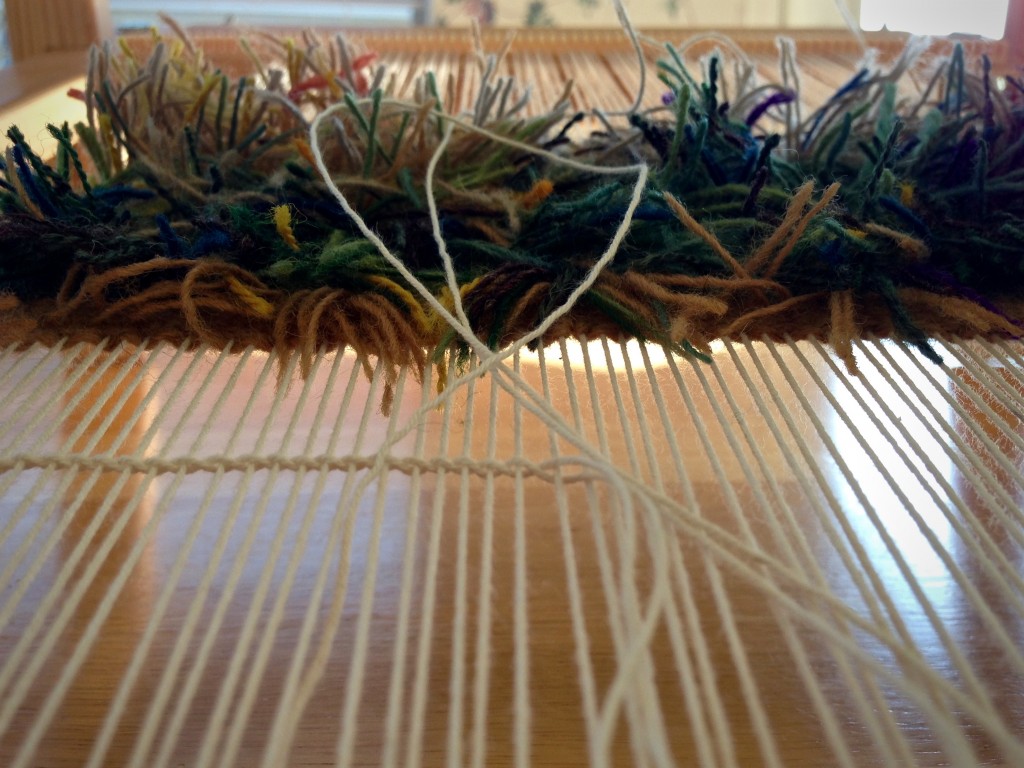
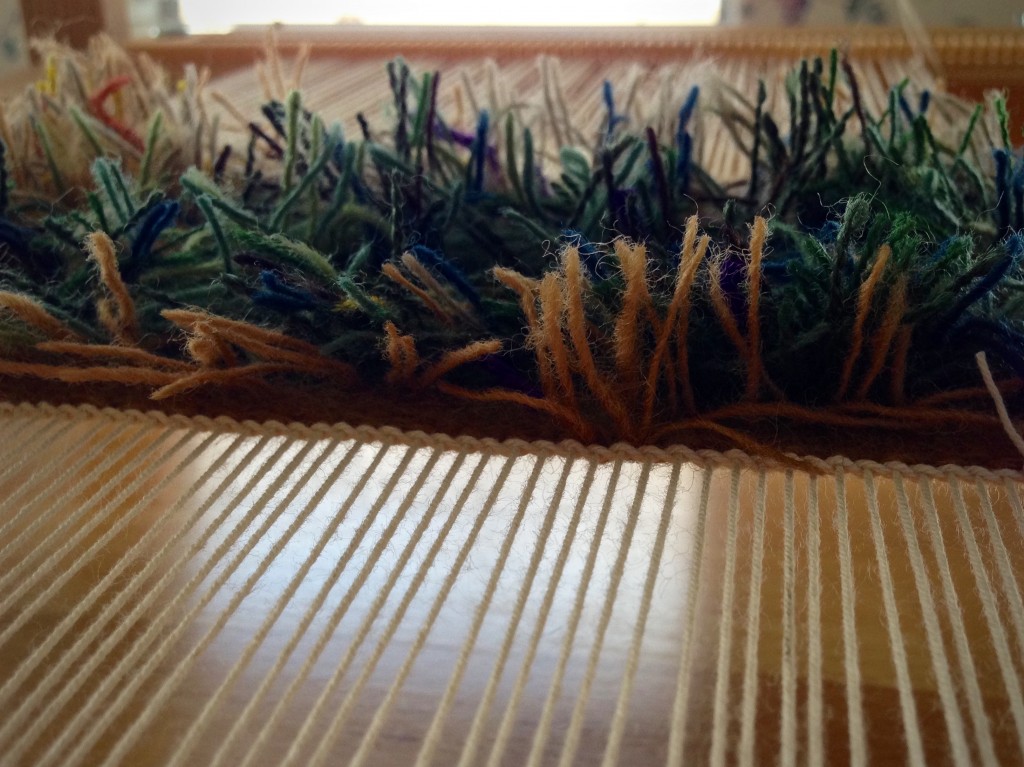

Patience is a virtue. What do you do when your patience is put to the test? Especially with important life issues. Trust in the Lord and be still. Waiting patiently is better than fretting. Is it possible the Lord has some finishing work to do in us, requiring patience, before we move on to the next assignment?
May you find errors while they are still fixable.
Love,
Karen

